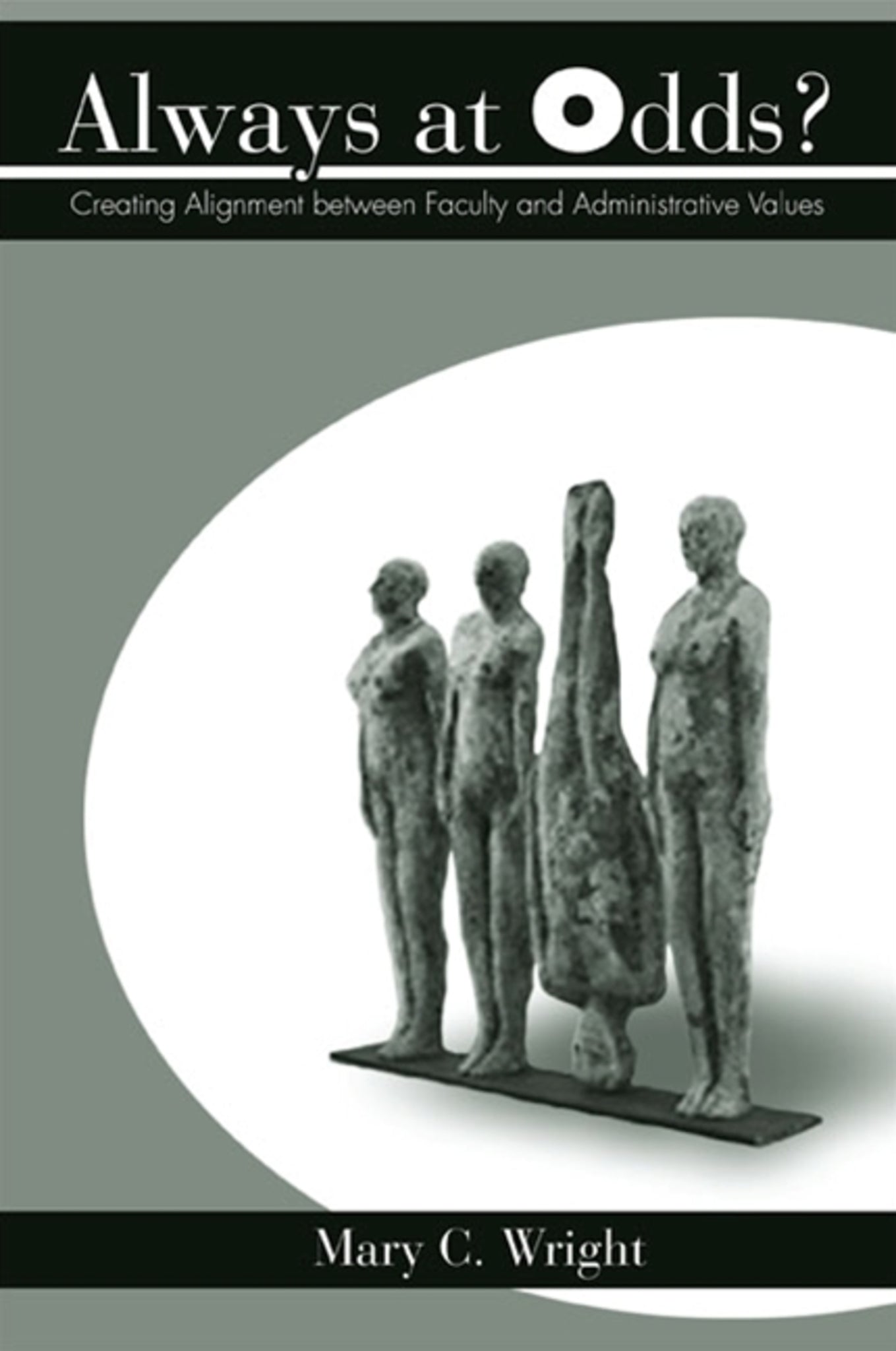We're sorry. An error has occurred
Please cancel or retry.
Always at Odds?

Some error occured while loading the Quick View. Please close the Quick View and try reloading the page.
Couldn't load pickup availability
- Format:
-
17 April 2008

How faculty and administrators at research universities can create a shared sense of values.
In surveys, research university faculty often report that they value teaching more than their departments do. This incongruence holds implications for job satisfaction, stress, time spent on teaching, organizational continuity, and even student evaluations. Using an interactionist view of organizations, Mary C. Wright examines the reasons for this lack of agreement between the individual's values and perceptions of organizational leaders' views. She also examines departments in which there is a consensus about the value of teaching, specifically how formal policies, social networks around teaching, and chair leadership can offer an alternative work environment, or a culture of congruence around instruction. The practices and organizational arrangements of these departments offer lessons for administrators, faculty, and faculty developers who wish to create universities conducive to instructional enhancement. Because this book features extensive case studies of science departments, it also holds implications for those interested in constructing productive work environments and enhancing student learning in STEM (science, technology, engineering, and mathematics) fields.


"Besides being brief and to the point, the book not only discusses its main thesis—congruence of department faculty attitudes toward teaching—but also gives the reader insights into how departments function, ideas for ways to think about and measure teaching, and a primer on qualitative research for those who need to understand how it's done and what it means." — The Department Chair
"…a well-written and thoughtful volume … the author is well-versed in the higher education literature." —Teaching Sociology
"While the author is careful to situate her findings in a particular type of institution, I predict that people in a wide variety of institutions will find her conclusions compelling and her recommendations extremely useful." — Laura Kramer, author of The Sociology of Gender: A Brief Introduction, Second Edition
Tables
Acknowledgments
1. Introduction
2. Benefits of Instructional Congruence
3. "It's Like Bad Taste": How Interpretive Person-Organization Fit
4. Social Networks as Building Blocks for Congruence: Faculty That Chalk Together Talk Together
5. How Chairs Build Instructional Communities: Big Pictures Versus Big Impacts
6. Sharing the Value of Teaching: Ways to Build a Culture of Congruence
Appendix A: Faculty Semi-Structured Interview Instrument
Appendix B: Chair Semi-Structured Interview Instrument
Notes
References
Index



